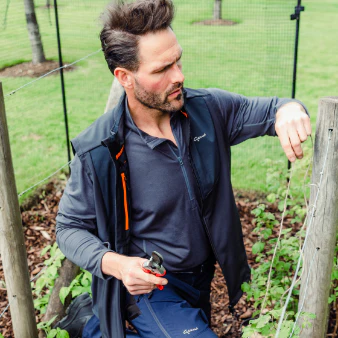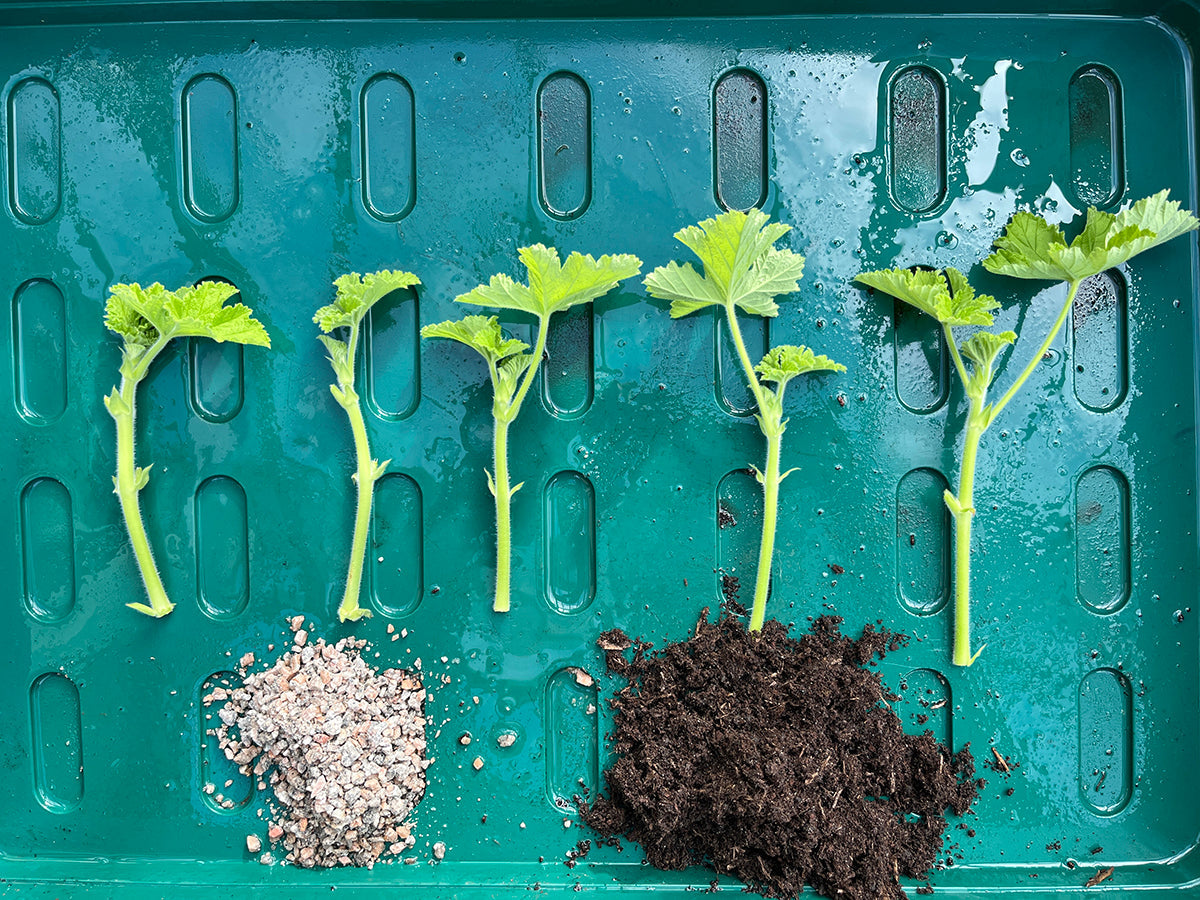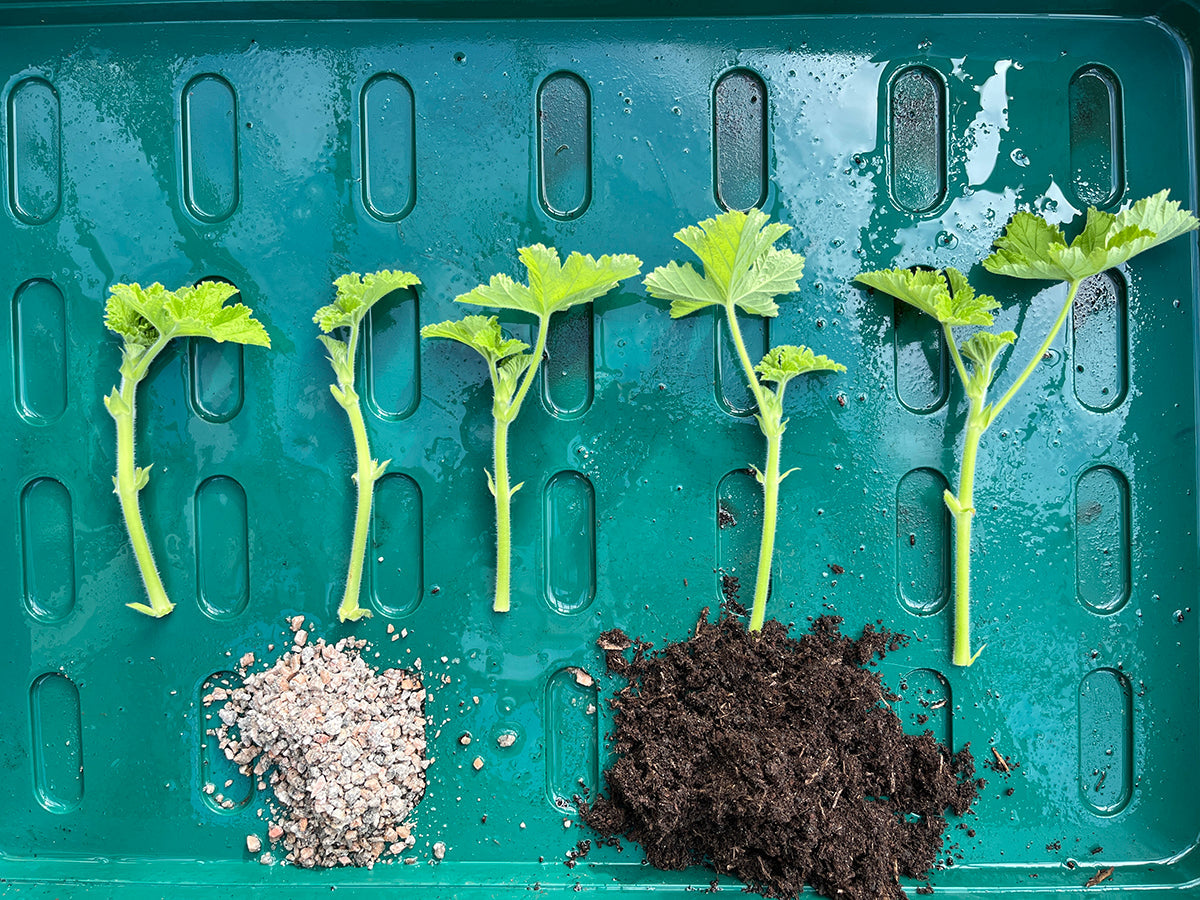Holiday blues (and greens)

The lawn in previous years (when we used to have proper summers) would be parched and brown and show little signs of growth on our return. Now with moisture high and days cool, the grass can put on 4 or 5 inches while we are turning ourselves spit-like on our rented sunbeds.
Hardy geraniums will have flopped onto the lawns. That bindweed we thought we had got on top of is now towering above the obelisk, and the raspberries and currant plants, alas uncaged, have been sacked by marauding woodpigeons.
The extra moisture has meant several plants, normally well behaved, have taken advantage of the perfect conditions. Perennial sunflowers for instance have never required staking in the Genus garden but this year their extra height has made them vulnerable to rain and wind resulting in a 45º incline (Pictured).
Dahlias too, their heads heavy with water have snapped at their juncture with the supports. But all is not bad news. Those roses we carefully deadheaded five or six weeks ago have come again giving a wonderful flush of colour. The nepeta and alchemilla, cut to the ground before our departure, have created perfect cushions of fresh growth. The pots our neighbour - ahem - promised to water, are still thriving, and that overgrown lawn despite resembling a meadow is greener than the west coast of The Emerald Isle.











